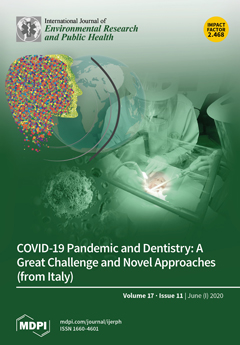Background: Accidental falls are a common cause of injury and deaths. Both ground-level falls (GLF) and non-GLF may lead to significant morbidity or mortality. This study aimed to explore the relationship between height of falls and mortality. Method: This is a retrospective study based on the data from a registered trauma database and included 8699 adult patients who were hospitalized between 1 January 2009 and 31 December 2017 for the treatment of fall-related injuries. Study subjects were divided into three groups of two categories based on the height of fall: GLF (group I: < 1 m) and non-GLF (group II: 1–6 m and group III: > 6 m). The primary outcome was in-hospital mortality. The adjusted odds ratio (AOR) of mortality adjusted for age, sex, and comorbidities with or without an injury severity score (ISS) was calculated using multiple logistic regression. Results: Among the 7001 patients in group I, 1588 in group II, and 110 in group III, patients in the GLF group were older, predominantly female, had less intentional injuries, and had more pre-existing comorbidities than those in the non-GLF group. The patients in the non-GLF group had a significantly lower Glasgow Coma Scale (GCS), a higher injury severity score (ISS), worse physiological responses, and required more procedures performed in the emergency department. The mortality rate for the patients in group I, II, and III were 2.5%, 3.5%, and 5.5%, respectively. After adjustment by age, sex, and comorbidities, group II and group III patients had significantly higher adjusted odds of mortality than group I patients (AOR 2.2, 95% CI 1.64–2.89,
p < 0.001 and AOR 2.5, 95% CI 1.84–3.38,
p < 0.001, respectively). With additional adjustment by ISS, group II did not have significantly higher adjusted odds of mortality than group I patients (AOR 1.4, 95% CI 0.95–2.22,
p = 0.082), but group III patients still had significantly higher adjusted odds of mortality than group I patients (AOR 10.0, 95% CI 2.22–33.33,
p = 0.002). Conclusion: This study suggested that patients who sustained GLF and non-GLF were distinct groups of patients, and the height of fall did have an impact on mortality in patients of fall accidents. A significantly higher adjusted odds of mortality was found in the GLF group than in the non-GLF group after adjusting for age, sex, and comorbidities.
Full article





